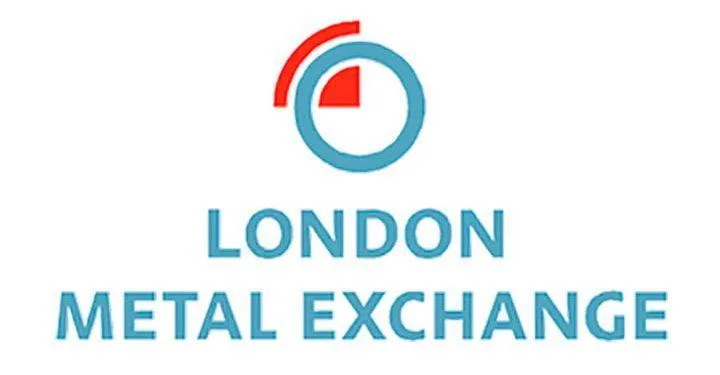Revolutionizing Operations: LME System Software for Real-Time Monitoring

In the fast-paced world of metals trading, the ability to monitor real-time data effectively can be a game-changer. LME (London Metal Exchange) system software designed for real-time monitoring offers powerful tools to track market activities, assess risks, and make swift, informed decisions. This article explores the transformative benefits of LME system software for real-time monitoring, delves into its essential features, and provides insights into how it enhances trading efficiency and strategic planning.
The Importance of Real-Time Monitoring in Metals Trading
Real-time monitoring is crucial for maintaining a competitive edge in the metals market. It enables traders and financial professionals to respond promptly to market changes, identify trading opportunities, and manage risks effectively. With real-time data at your fingertips, you can make well-informed decisions and stay ahead of market trends.
Key Features of LME System Software for Real-Time Monitoring
1. Live Market Data Integration
- Instant Price Feeds: Access real-time price data for various metals, including current market prices, trading volumes, and bid/ask spreads.
- Dynamic Market Updates: Receive instant updates on market movements, price fluctuations, and trading activity, ensuring you’re always informed.
2. Advanced Analytics and Visualization
- Real-Time Dashboards: Utilize interactive dashboards that display live data through charts, graphs, and other visual tools, providing a comprehensive view of market conditions.
- Analytical Tools: Leverage advanced analytical tools to perform real-time technical analysis, trend identification, and pattern recognition.
3. Automated Alerts and Notifications
- Custom Alerts: Set up customizable alerts for price thresholds, market events, or trading signals to stay informed of significant changes or opportunities.
- Instant Notifications: Receive instant notifications via email, SMS, or within the system to act quickly on critical information.
4. Risk Management and Control
- Real-Time Risk Assessment: Monitor exposure and risk in real-time, using tools to evaluate market volatility, position limits, and potential financial impacts.
- Hedging Strategies: Implement and monitor hedging strategies in real-time to mitigate risks associated with price fluctuations and market volatility.
5. Seamless Integration and Scalability
- Integration with Existing Systems: Integrate real-time monitoring software with your current trading platforms, financial management systems, and data sources for seamless operation.
- Scalable Solutions: Choose scalable software that can grow with your business, accommodating increasing data volumes and expanding market activities.
Benefits of Using LME System Software for Real-Time Monitoring
– Enhanced Decision-Making
- Timely Insights: Make faster, more informed decisions with access to real-time data and analytics, allowing you to respond quickly to market changes.
- Strategic Advantage: Gain a competitive edge by capitalizing on timely information and market trends that are critical for strategic planning and trading.
– Improved Risk Management
- Proactive Risk Control: Identify and address potential risks before they impact your operations, using real-time risk assessment and monitoring tools.
- Effective Hedging: Manage and adjust hedging strategies in response to real-time data, protecting against price volatility and financial losses.
– Operational Efficiency
- Streamlined Monitoring: Simplify and automate market monitoring with real-time dashboards and alerts, reducing the need for manual tracking and analysis.
- Increased Productivity: Enhance productivity by focusing on actionable insights and timely information, rather than spending time on data collection and manual analysis.
– Market Responsiveness
- Rapid Reaction: Quickly react to market events, price changes, and trading opportunities with real-time notifications and data analysis tools.
- Adaptability: Adapt your trading strategies and operational decisions based on the most current market conditions and insights.
Practical Applications of Real-Time Monitoring in LME Systems
– For Traders
- Opportunity Identification: Use real-time data to spot trading opportunities and execute trades at optimal times, maximizing profitability.
- Trade Management: Monitor and manage trades in real-time, adjusting strategies based on live market conditions and alerts.
– For Financial Analysts
- Market Analysis: Conduct thorough market analysis with up-to-date data and advanced analytical tools, providing accurate insights and forecasts.
- Performance Monitoring: Track and analyze financial performance in real-time, adjusting investment strategies and risk management approaches.
– For Risk Managers
- Exposure Tracking: Monitor and manage exposure to market risks with real-time risk assessment tools, ensuring proactive risk control.
- Strategy Adjustment: Adjust risk management strategies based on real-time market data and risk assessments, maintaining financial stability.
Implementing LME System Software for Real-Time Monitoring
To effectively implement LME system software for real-time monitoring, follow these steps:
- Define Requirements: Identify your specific needs for real-time monitoring, including data types, analytical tools, and integration requirements.
- Evaluate Solutions: Research and compare available software solutions based on features, functionality, and user reviews.
- Conduct Trials: Test software options through demos or trial periods to assess their performance and compatibility with your operations.
- Train and Integrate: Ensure your team is trained in using the new software and integrate it with your existing systems for a seamless transition.
Conclusion
LME system software for real-time monitoring offers significant advantages for metals trading and financial operations. By leveraging live data, advanced analytics, and automated alerts, businesses can enhance decision-making, improve risk management, and boost operational efficiency. Embrace the power of real-time monitoring to stay ahead in the competitive metals market and drive success with timely, informed strategies.



